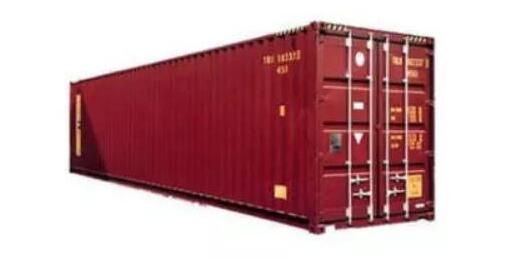Worth collecting: commonly used container size standards
Container, also known as container, refers to a large cargo container with a certain strength, stiffness, and specifications specifically designed for turnover use. There will be an 11 digit number on the container body, with the first four digits being letters and the last seven digits being numbers. This number, like an ID card, is unique and is called the container number. By using containers to transport goods, they can be loaded directly at the shipper's warehouse, unloaded at the consignee's warehouse, and replaced with vehicles, ships, etc. midway, without the need to remove the goods from the box, greatly improving transfer efficiency.

Container size
20 feet, also known as a small cabinet: its dimensions are 20 feet long (6.1 meters) * 8 feet wide (2.44 meters) * 8.5 feet high (2.59 meters)40 feet, also known as a large cabinet: its dimensions are 40 feet long (12.2 meters) * 8 feet wide (2.44 meters) * 8.5 feet high (2.59 meters)
40HQ, also known as a high cabinet: its dimensions are 40 feet long (12.2 meters) * 8 feet wide (2.44 meters) * 9.5 feet high (2.9 meters)
Container container capacity and counterweight
The volume of 20GP is 6.1 meters * 2.44 meters * 2.59, which is approximately 38.55 CBM, and the actual cargo capacity is approximately 24-30 CBM. Distribution weight is 17,5 tons
The volume of 40GP is 12.2 meters * 2,44 meters * 2,59 meters, which is approximately 77.1 CBM, and the actual cargo capacity is approximately 68-70 CBM. Distribution weight is 23 tons
The volume of 40HQ is 12.2 meters * 2. 44 meters * 2.9 meters is approximately 86.33CBM, and the actual cargo capacity is 75-79CBM. Distribution weight is 26 tons
Pay attention to timeliness
There is a difference between the weight of the container's cargo and the actual load. The actual load will be limited by the shipping company's weight (considering the balance between space and weight), the port area's weight (mainly depending on the mechanical equipment at the port and yard), the supporting feeder ships or highways, and the route's weight.
